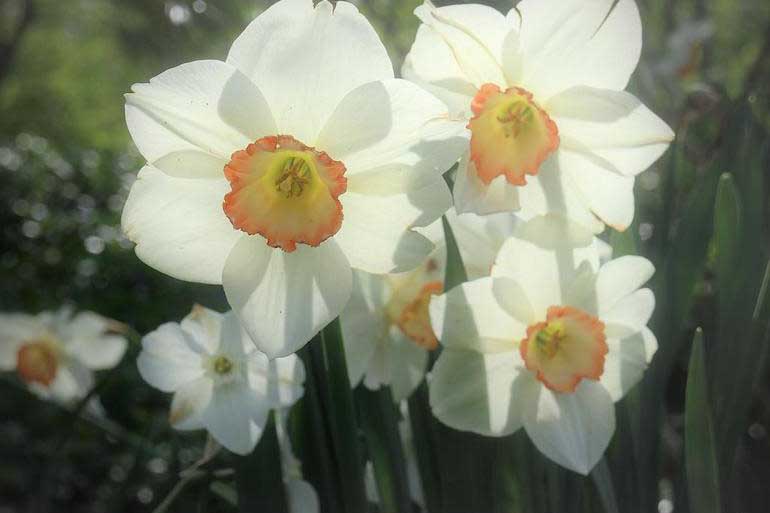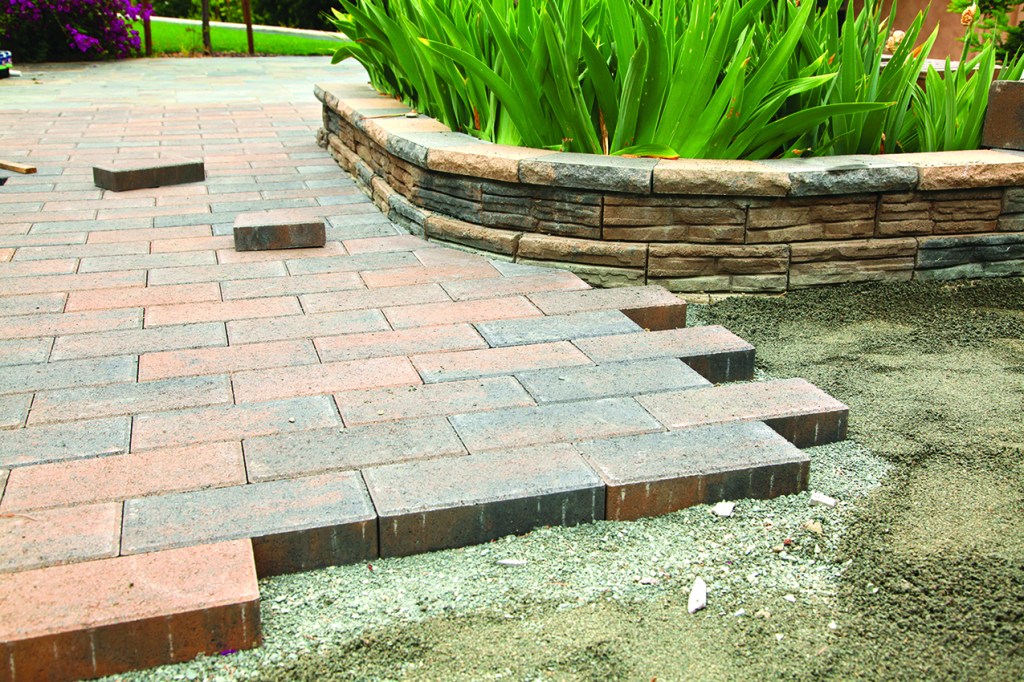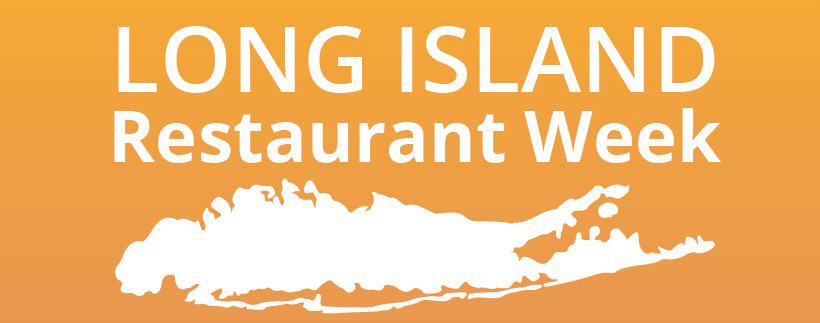Gardening Advice from LongHouse Reserve’s Holger Winenga

“Garden Year-round is our new theme.” LongHouse Reserve horticulturalist Holger Winenga is ready for warm weather, but wants East Enders to know that gardens never sleep. “The East End’s cycle has changed so much over the years,” Winenga says. “From the early beach colonies to insulated and heated weekend homes and mansions that house families comfortably year-around, many second-home owners have migrated after 9/11 and particularly now during this pandemic, but most gardens have caught on slowly and still have little interests in the off-season.”
LongHouse Reserve is a 16-acre reserve and sculpture garden in East Hampton, featuring pieces from Buckminster Fuller, Yoko Ono, Willem de Kooning and others. Founded by Jack Lenor Larsen, its collections, gardens, sculpture and programs reflect world culture and teach the fostering of a creative life.

What should homeowners be focusing on in their gardens right now?
To get a head start with weed control in your garden for the summer, it is critical to start weeding early in the season. After a thorough weeding, a fine pine-bark mulch or a triple shredded bark mulch significantly reduces new weeds from coming up and it retains the moisture of the soil, as well, and eventually breaks down and conditions the soil and humus.
Edging the lawns that line your planting beds should ideally be done before the mulching. Slow-release organic fertilizer can be applied to roses, shrubs and perennial beds at a moderate rate. April is the perfect planting time for perennials, shrubs and trees. The root system of plants will rapidly develop and there is plenty of moisture in the ground. It is recommended, though, to water in new plants thoroughly, so the soil settles, and the plants have a good head start. Some early vegetables can be sown, even though we might still get a little frost. It is time to start your kale, spinach arugula, radishes and carrots outside. Tomatoes, cucumbers, squashes and zucchini can be started by seed in pots inside. They need to wait until close to Memorial Day to be planted out in the garden. It is still too early to put your pots with overwintered Tropicals and tender plants outside. A week or two before Memorial Day would be safe if you keep an eye on the weather forecast for frost. No need to move plants back inside. Covering tender plants overnight with burlap or another fabric will give enough shelter from a light night frost.
What’s the most efficient way to weed?
LongHouse Reserve has 16 acres of gardens. It is not possible to control weeds on such a large scale by sheer force. The only way to efficiently maintain weeds in such a large scale is to outsmart them. These practices can be easily implemented in small gardens. It is most important to pull the weeds out before they go to seed. Pull them by hand individually and try not to disturb the soil too much, because new weeds will come up from the disturbed soil. Garlic Mustard has become a real problem in the last few years and needs to be eradicated before the seed ripens. If you wait too long, you might just spread the seeds all over your garden without even noticing. Hairy watercress, purple Lamium and many more can be kept under control this way. Other weeds that multiply by roots and rhizomes need to be dug up completely. As with mum-weed, you might not get all roots out of the ground in one shot. It is important to check the same areas every couple of weeks and remove all remnants as soon as they sprout up. If you want to get rid of dandelions, burdock, plantain and thistles in your garden permanently, you need to remove its deep roots. This is best done by loosening the soil with a small spade or shovel close to the plant and then pull up the whole dandelion with its intact root system.
Some weeds should never go on your compost pile, because they will keep growing. Mum-weed, Ranunculus Ficaria, wild annual gallium and Mustard Garlic are a few samples.
For paths and areas without any plants that you want to keep, you can spray a mixture of 1 gallon of vinegar and 2 cups of salt with a few drops of dish-soap. The weeds will start wilting and browning out on contact. You will get the best results on a sunny day and if a second application is applied a few days later. Please never, ever use Roundup again!
Lastly, and it sounds a little odd, but I find it useful to explain to new gardeners that it does not give job security to let some of the weed reseed. I always ensure there is more interesting work waiting, once we get the weeding done.

How is the East End’s land unique?
The soil on the East End can generally be divided into sandy soil found north of the railroad track and “rich” soil found south of the tracks (strange coincident, but it’s because the tracks were constructed between two different deposits of glacial moraines).
So we have the great farmland soil, which is ideal for gardening, and we have the sandy soil, which has perfect drainage and can be turned into great gardening soil by adding plenty of compost and organic material. The climate here is milder than on the mainland due to the proximity of the ocean. Early spring flowers bloom almost a month later than on the North Fork, but they last quite a bit longer in most years when we have cool spring weather. By May we will have caught up in bloom with the mainland and the North Fork.
The growing season is relatively long and a vast variety of plants do well in our climate.
We are also lucky to have a relatively large aquifer, so extra watering of our gardens is very rarely restricted. I urge you to conserve water though. Keep the sprinklers off as long as you can. This will encourage the plants and lawns to develop a deeper root system and be healthier and you need to water less in the summer.
To preserve our groundwater and our open waters, try to eliminate all quick released fertilizers and switch to organic slow release. Remove and reduce chemicals in your garden.
And most importantly, try to always choose plants that do well for you without heavy spraying of chemicals.
During the quarantine, some may not want to hire gardeners. How can they keep up their gardens themselves?
I think gardening during this uncertain time works as a much-needed therapy. Just to get away from the bad news on TV. Gardening right now teaches us that life goes on, maybe in a different way from what we are used to, but it goes on. Perhaps we find comfort in the appreciation of little things that we normally pass without noticing.
It is important to always follow the standard safety guidelines and here are a few hints to implement them. We have tried this for a month at LongHouse and it works well for us:
Always work isolated from others and keep a safe distance when working with extra help.
Always wear masks when near other people. Masks do not protect you fully, so do not get a false sense of safety. Only touch your mask and face after disinfecting your hands. Discard masks and gloves properly. Keep a separate set of tools in a designated area for each gardener and do not share tools. Wipe tools down with disinfectant if they are returned to a shared place. Disinfect hands when touching common surfaces and door handles.
If you need extra help, use one trusted gardener who follows all the safety guidelines outside of your property. I encourage homeowners to get involved with gardening, but at the same time I do not want you to forget that your loyal gardener or landscaper, who has been there for you for years, depends on gardening work for his livelihood, especially in these difficult times. There is plenty of “fine gardening” and fine tuning for you to do without jeopardizing your gardener’s involvement. If you need plant material, call your garden center and place an order that they will have ready outside for pickup without having close contact to the sales personal.
Please also consider that essential gardening is exempt from the stay at home order. This only includes essential maintenance and care. Until the stay at home order is lifted, it is not the right time yet to start large landscape projects. You run the risk at this time that your Landscaper will be stopped by the police and receive a citation.

What flowers are “in” this season?
Here is what come to mind when I look at my “to plant list” for LongHouse Reserve:
Witch Hazels have been a big trend to bring flowers into your garden for the very early spring season, followed in bloom by the Winter Hazel Corylopsis Pauciflora.
Miniature and species daffodils have a wonderful effect in your mid-spring garden. They do not crowd out other plants as much as their large cousins, if planted in perennial borders or Rock gardens. Many new Calycanthus varieties (Carolina Allspice bush) are becoming available now. “Hartledge Wine” has large Wine-red magnolia-like flowers and grows to the size of a kousa Dogwood. There are more compact varieties with smaller flowers that work well for smaller gardens. Many native spring flowers like Mertensia virginiana, Bloodroot, Mayapple and native Solomon seals are excellent garden plants.
Grow native shrubs in your garden that have berries and are beneficial for birds, like Viburnums.
Plant perennial Groundcovers in areas under your shrubs that usually only get mulched: Spreading Epimediums, Omphalodes Verna, Gerranium Macrorhizum, Gallium Odoratum, Convallaria Majalis, Vinca Minor. Grow Dahlias differently this year! Choose varieties that pair well with perennials. Plant them as late flowering backbones in your perennial borders. Go pastel or soft. Keep strong fall colors like red and yellow & orange tones separate from the pastels. Don’t over fertilize this year. Your Dahlias will bloom a little later, maybe not as prolificly, but the staking and maintenance will be reduced by ¾. Look out for Amsonia Hubrechtii ‘Butterscotch.” Beautiful new hardy fountain grasses will be available this year that are sterile and won’t seed around. Look for new Japanese Anemone varieties at your garden center this year. They are fantastic.
LongHouse Reserve has a collection of many hardy perennials, bulbs and shrubs in flower year-round. Visit longhouse.org for more information.



